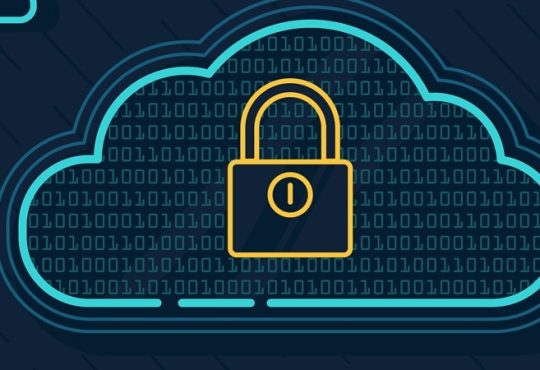
By Harikrishna Prabhu
Data resilience is a critical element for ensuring the uninterrupted flow of operations. With businesses relying heavily on data for decision-making, customer engagement, and overall functionality, the importance of robust data management through managed database services cannot be overstated. Having a solid plan to bounce back from disasters is non-negotiable, as businesses cannot function without their IT backbone. Disaster recovery (DR) includes the strategic plan, processes and solutions put in place to quickly resume business functions after a disruptive event. Disasters like earthquakes or cyber-attacks can halt operations. Disaster recovery planning is crucial, combining strategies and overcoming hurdles to keep your data safe when calamity strikes, ensuring the resilience of business operations.
The Critical Importance of Disaster Recovery
Grasping the gravity of disaster recovery starts with acknowledging the threats looming over our IT systems. Natural disasters, although less frequent, wreak havoc on physical servers and entire data centers with potentially devastating effects. Additionally, businesses face a growing wave of cyber threats such as ransomware and DDoS attacks that threaten to disrupt their digital presence and compromise critical data.
But it’s not just cyber threats that can throw a wrench in the works; hardware failures, sudden power cuts, or even human error can bring everything to a standstill. When these mishaps strike, it’s not just about the immediate chaos; they can also hit hard financially and tarnish your reputation. Data loss can result in crippling downtime, legal issues, and shaken customer confidence. Thus, disaster recovery planning is not just about IT resilience but also about safeguarding business continuity and reputation. In the context of managed cloud services, disaster recovery refers to the process of swiftly restoring applications, data, and infrastructure to a functional state following an unexpected event. Cloud-based disaster recovery offers businesses the advantage of replicating critical workloads across geographically diverse data centers, ensuring minimal downtime and data loss.
Leveraging The Disaster Recovery Advantage
From safeguarding business continuity and enhancing security to enabling faster recovery and reducing costs, the benefits of an effective DR strategy are manifold. Some perks of implementing a water-tight disaster recovery strategy and effective solutions include:
- Stronger Business Continuity: Every second counts when your business goes offline, impacting productivity, customer experience, and your company’s reputation. Disaster recovery helps safeguard critical business operations by ensuring they can recover with minimal or no interruption.
- Enhanced Security: DR plans use data backup and other procedures that strengthen your security posture and limit the impact of attacks and other security risks. Cloud-based disaster recovery solutions offer built-in security capabilities, such as advanced encryption, identity and access management, and organizational policy.
- Faster Recovery: Disaster recovery solutions make restoring your data and workloads easier, allowing business operations to get back online quickly after a catastrophic event. DR plans leverage data replication and often rely on automated recovery to minimize downtime and data loss.
- Reduced Recovery Costs: The monetary impacts of a disaster event can be significant, ranging from loss of business and productivity to data privacy penalties to ransoms. With disaster recovery, you can avoid or at least minimize some of these costs. Cloud DR processes can also reduce the operating costs of running and maintaining a secondary location.
- High Availability: Many cloud-based services come with high availability (HA) features that can support your DR strategy. HA capabilities help ensure an agreed level of performance and offer built-in redundancy and automatic failover, protecting data against equipment failure and other smaller-scale events that may impact data availability.
- Better Compliance: DR planning supports compliance requirements by considering potential risks and defining specific procedures and protections for your data and workloads in the event of a disaster. This usually includes strong data backup practices, DR sites, and regularly testing your DR plan to ensure that your organization is prepared.
In conclusion, disaster recovery is far from a mere optional add-on—it’s the cornerstone of a resilient IT infrastructure. As the digital landscape evolves, so too do the threats that can disrupt business operations. A robust disaster recovery plan not only mitigates financial losses but also ensures data integrity, operational continuity, and long-term resilience.
Furthermore, a DR plan isn’t just about responding to disasters; it’s about being proactive. It demonstrates a commitment to security, compliance, and continuous improvement, reassuring stakeholders and enhancing your competitive edge. Investing in disaster recovery is akin to having a safety net—one that protects your business, employees, and customers from unforeseen catastrophes.
In a world where downtime is not an option, disaster recovery isn’t just about survival; it’s about thriving amidst adversity. By making disaster recovery the backbone of your IT infrastructure, you’re not just preparing for the worst—you’re positioning your business for enduring success

(The author is Harikrishna Prabhu, COO, Technobind Solutions, and the views expressed in this article are his own)








